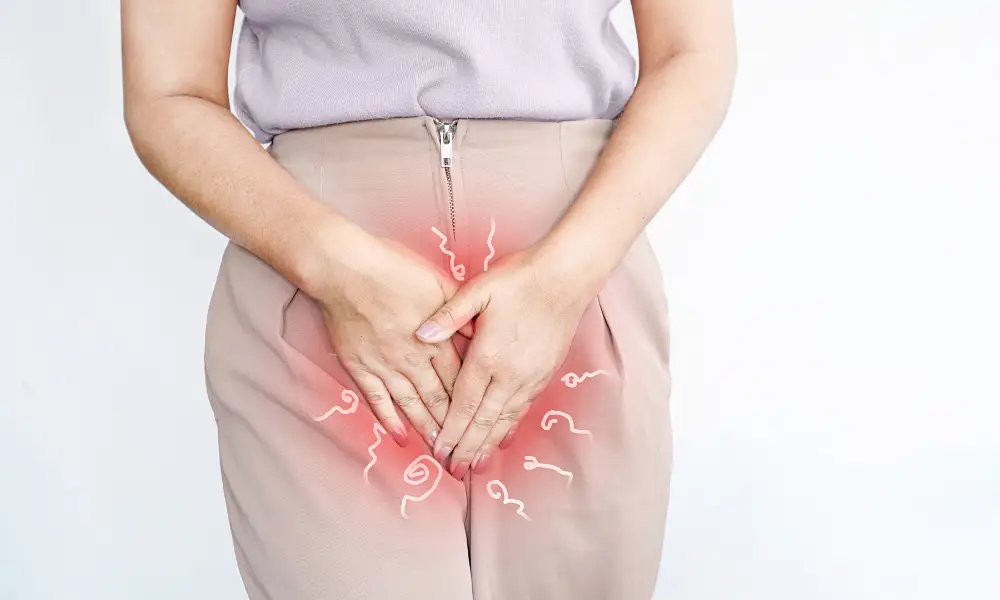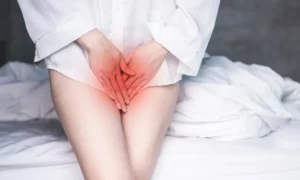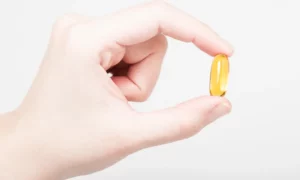Vaginal atrophy, a condition primarily affecting postmenopausal women, involves the thinning, drying, and inflammation of the vaginal walls. While it’s a common occurrence, the symptoms can significantly impact a woman’s quality of life. Understanding the importance of seeking treatment is crucial for both physical and emotional well-being. In this article we will talk about understanding vaginal atrophy, different approaches to treatment and management along with helpful natural remedies and supplements.
Contents
What Is Vaginal Atrophy? 
Accordingly, vaginal atrophy, also known as atrophic vaginitis, is a medical condition that occurs when the walls of the vagina become thin, dry, and inflamed due to a decrease in estrogen levels. Most importantly, estrogen is a hormone that helps maintain the health of the vaginal tissues, including the production of vaginal lubrication and the maintenance of the thickness and elasticity of the vaginal lining.
Vaginal atrophy is most commonly associated with the hormonal changes that occur during menopause, as estrogen levels decline significantly. However, it can also occur in women who have undergone certain cancer treatments, such as radiation or chemotherapy, or as a result of surgical removal of the ovaries. Other factors that can contribute to vaginal atrophy include breastfeeding, certain medications, and some medical conditions.





